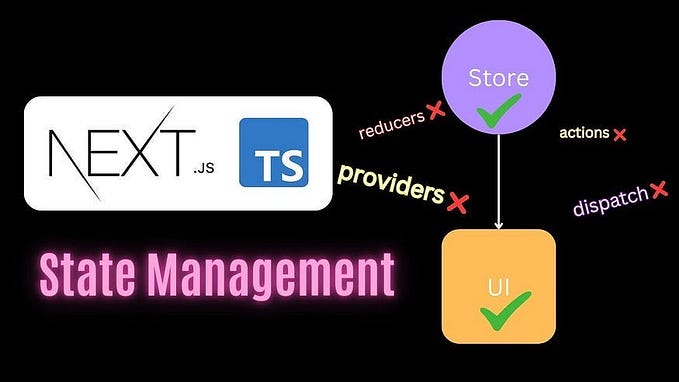Mastering Side Effects: The Power of useEffect in React
In the previous blogs, we explored how to manage state in React using useState and useReducer. However, managing state is only part of the equation when building dynamic web applications. Often, we need to interact with external systems, fetch data, subscribe to events, or manage side effects such as logging or animations. This is where the useEffect hook comes into play. In this blog, we'll delve into how useEffect works, its various use cases, and best practices to avoid common pitfalls.

What is useEffect?
The useEffect hook allows you to perform side effects in your functional components. It combines the functionality of several lifecycle methods found in class components, such as componentDidMount, componentDidUpdate, and componentWillUnmount, into a single, cohesive API.
Basic Syntax:
useEffect(() => {
// Your side effect code here
}, [dependencies]);- Effect function: The first argument is the effect function where you write the side effect code.
- Dependencies array: The second argument is an optional array of dependencies that dictate when the effect should run.










